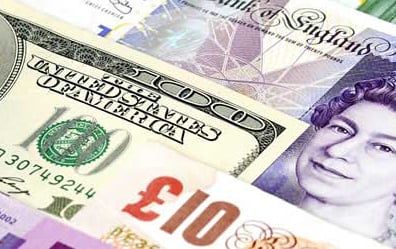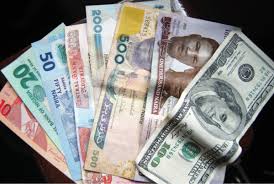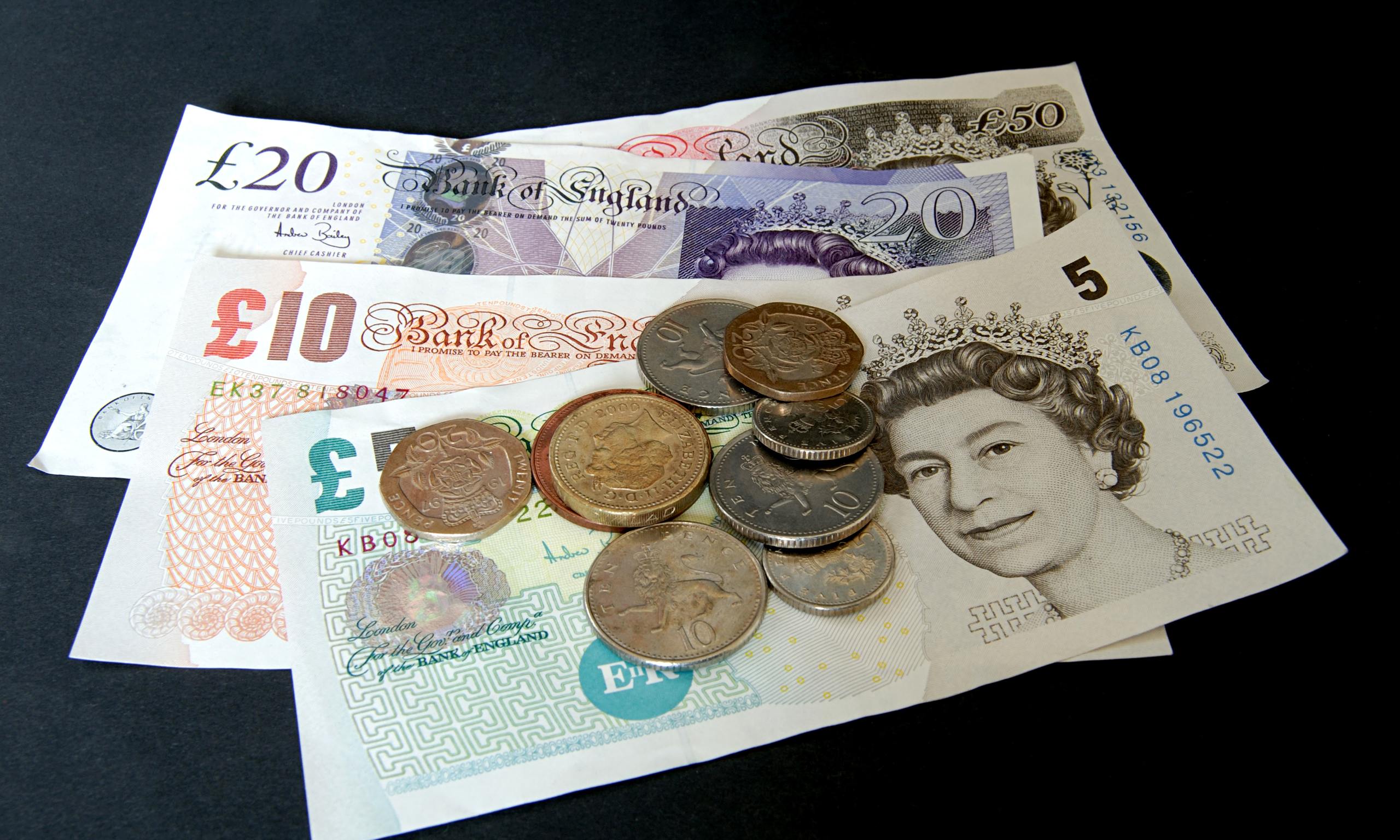A slightly more encouraging overnight China PMI and some stabilization in the commodity markets should provide inspiration for Indices to trade higher on Wednesday. There will be some relief and eased anxieties around the China economy following one of their PMIs returning to growth, but the other recent data from the major economy has been alarming, and raised suspicions that the China economy is vulnerable to slipping below the government GDP target of 7% before the end of the year. This would create panic over the health of the global economy and in particular, further the woes for emerging market currencies that have already received brutal punishment throughout this year.
The bottom line is that the China economy is in a transitional stage where it is attempting to move away from a boom around mining and construction to develop a stronger reliance on other more domestic sectors. I actually think the China economy can handle growth below 7%, but it is the economies which are reliant on trade with China which would be tested and suffer the most because they would have to handle the decline in China trade. The timing of weaker exports from China could not come at a worse time for emerging market economies, bearing in mind that their currencies are already under repeated pressure due to the positive interest rate outlook in the US and dramatic decline in commodity prices.
Speaking of the US interest rate outlook, the USD received a boost and traded higher against its trading partners after a Federal Reserve voting member said that it would take a severe deterioration in US economic data to delay the central bank from raising interest rates any later than September. As I have repeatedly stated in my market reports since autumn 2014, I expect that the Federal Reserve will begin raising interest rates this September and believe that they will begin with a 20 basis point rate hike. Job creation is by far the star performer of the US economy and bearing in mind that the next NFP report from the US is released this Friday, another impressive jobs number should raise optimism regarding an interest rate rise in September. This also means there is the potential for the USD to continue gaining momentum throughout the week.
Following the unexpectedly hawkish comments from one of the voting members of the Federal Reserve, the USDCHF has climbed to a near four-month high at 0.9789. I was explicit in stating around a month ago that the close above the 200 day Moving Average was a strong buying signal for the longer-term trader and the pair has now climbed another 200 pips. I have also repeatedly stressed the importance around the psychological 1.10 area of the EURUSD and although the pair managed to reach 1.11 on Friday, it never closed above this level and has since managed to fall to 1.0847. With the USD regaining momentum just before a NFP report and the never-ending Greece risks returning once again, the platform is there for a potential heavy fall in the EURUSD this week.
Advertisement
The GBPUSD has continued to find heavy resistance just above the mid 1.56 price range and has now fallen below its 50 day moving average towards 1.5525. From a technical perspective, the GBPUSD looks vulnerable to further falls and could even decline as far down as 1.53. There is nothing wrong with the UK economic outlook and although the attractiveness of the UK economy continues to raise investor sentiment towards the Pound, it is the acceptance that we are still some time away from the Bank of England raising UK interest rates that is continually limiting GBPUSD gains. While last week’s robust GDP data raised optimism that the BoE can raise interest rates soon, the recent gains in wage growth and disposable income would need to be filtered through other aspects of the UK economy for inflation expectations to improve before the BoE becomes more comfortable to begin raising UK interest rates.
Two emerging market currencies that I am keeping an eye on right now are the Malaysian Ringgit and Indonesian Rupiah, which have both been under severe pressure this year and repeatedly hit milestone lows against the USD. Both these currencies have been hit by the timely combination of an improving US interest rate outlook and resumption of selling in the commodity markets, but it is the China economic data that I am keeping a closer eye on moving forward. The correlation between alarm bells ringing over China economic data and resumed selling in commodities is one of the easiest trends to spot in the currency markets, and it furthers the weight to investor sentiment for emerging market currencies that have already been punished by pressure from a variety of different directions.
The discussions regarding whether emerging market central banks like the Bank Negara and Bank Indonesia should introduce currency intervention is repeatedly being bought up, but the truth is that most of the pressures to these currencies have been external and there is little a central bank can do to mitigate these pressures. This is very much about developing a wait and see approach and it is also worth pointing out that with most of these pressures being external, it’s even possible that the outlook could become worse and the central banks should be holding onto the currency reserves if this is the case. The best prospects for these currencies to rebound or at least relieve pressure would be if the commodity markets stabilize, because the US economic data is sustainable and it is inevitable that the Federal Reserve will begin raising interest rates. Investors are now going to begin moving away from US interest rate concerns, and instead begin monitoring how these economies handle the lower commodity prices and the threats over reduced demand for products from China.
Advertisement
Ahmad is chief market analyst at FXTM
Add a comment







